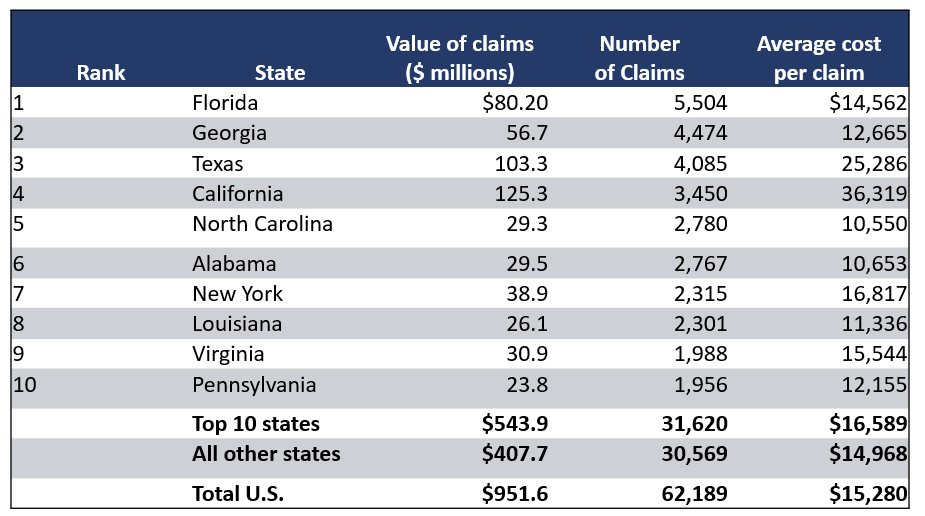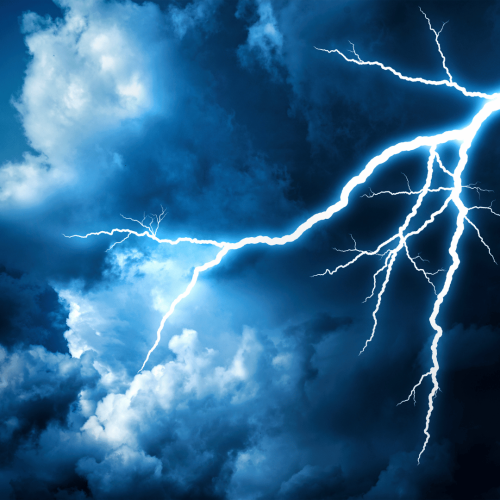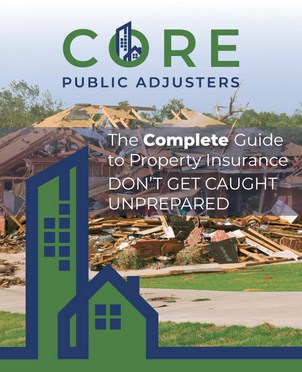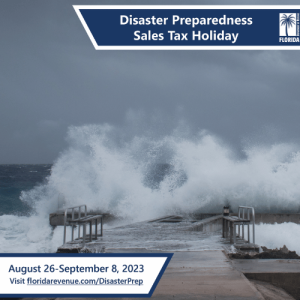Florida is known for its beautiful weather, but it also happens to be the lightning capital of the United States. According to the National Weather Service, Florida receives an average of over 1.4 million lightning strikes per year. That’s nearly 4,000 lightning strikes per day! It’s no surprise then that the Insurance Information Institute reported Florida as the state with the most lightning-related homeowners insurance claims for the last several years. In 2022, 5,504 claims were submitted by Florida homeowners with an average cost per claim of $14,562.
Top 10 States for Number of Homeowners Insurance Claims in 2022

Source: https://www.iii.org/table-archive/23862
Lightning strikes can cause significant damage to homes and properties. In fact, lightning damage is one of the most common types of homeowners insurance claims in Florida.
Lightning Strikes in Florida: Damage to Homes and Properties and Insurance Claims
What Kind of Damage Can Lightning Cause?
Lightning can cause a variety of damage to homes and properties, including:
- Fire – Lightning strikes can start fires, especially in homes with wooden roofs or other flammable materials.
- Power surges – Lightning strikes can cause power surges, which can damage electronic equipment and appliances.
- Structural damage – Lightning strikes can also cause structural damage to homes and properties, such as cracks in foundations and walls.
- Electrical damage – Lightning strikes can damage electrical wiring and fixtures.
How to Protect Your Home and Property from Lightning
There are several things you can do to protect your home and property from lightning strikes, including:
- Install surge protectors. Surge protectors can help to protect your electronic equipment and appliances from power surges caused by lightning strikes.
- Trim trees. Keep trees and shrubs trimmed away from your home and power lines. This can help to prevent lightning strikes from hitting your home or starting a fire.
- Unplug electronics. When a thunderstorm is approaching, unplug electronics and appliances that are not in use. This can help to protect them from power surges.
- Have a lightning protection system installed. A lightning protection system can help to direct lightning strikes away from your home and into the ground.
How Lightning Strikes Impact Insurance Claims and Losses
Lightning damage is typically covered by homeowners insurance policies. However, the amount of coverage you have will vary depending on your policy. It is important to review your homeowners insurance policy to make sure you have adequate coverage for lightning damage.
If your home is damaged by lightning, you should file an insurance claim as soon as possible. Be sure to document the damage with photos and videos. You should also keep a list of all the damaged property and the estimated cost of repairs.
Your insurance company will send an adjuster to inspect your home and assess the damage. The adjuster will then determine how much your insurance company will pay for the repairs. Beware, however, of the possible reasons why your insurance company may offer you an unfair deal:
- Top Five Problems You May Encounter With Your Insurance Company when Filing a Claim
- Did You Receive Full Coverage From Your Insurance Claim?
- Insurance Company Treating You Unfairly? You’re Not Alone.
Filing a homeowners insurance claim in Florida can be a challenging process, but it’s important to know your rights and to be prepared. If you’re facing a homeowners insurance claim due to lightning, water, wind or something else, contact CORE Public Adjusters and we’ll fight to get you what you deserve to properly fix your property damage. We will help you understand your policy, gather the necessary documentation, conduct a proper and thorough damage audit, and negotiate with the insurance company on your behalf.
If you’re facing a homeowners insurance claim in Florida, contact us today for a free consultation. We’ll help you understand your rights and options, and we’ll fight for you to get the most out of your claim.







